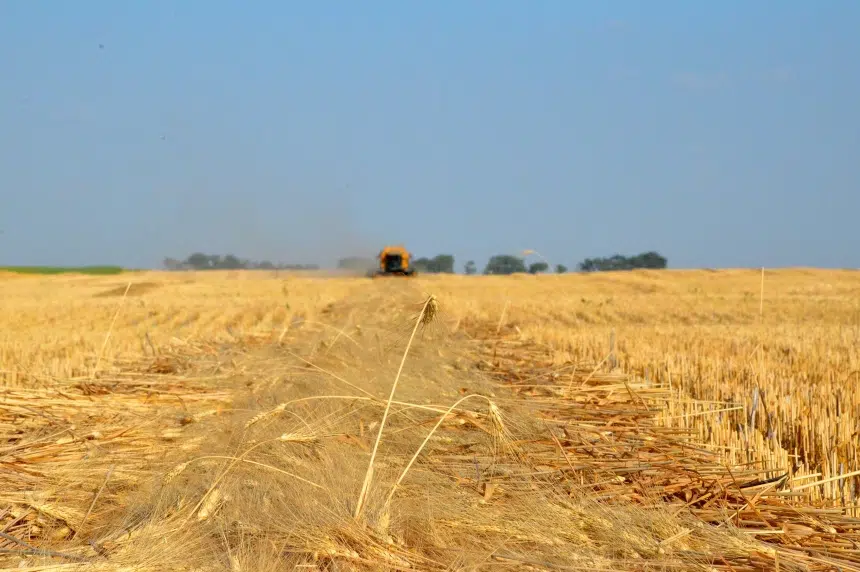Agricultural support has reportedly increased Saskatchewan’s deficit, as the government reports working to address drought conditions across the province.
The deficit increase reported in the first quarter update is about $126.5 million, due partly to $700 million spent in agricultural support, according to a provincial news release.
The higher expenses are somewhat offset, the province said, by increased revenue from higher-than-expected oil and potash prices and higher federal transfers.
A forecast deficit for 2021-22 is now $2.74 billion.
“Recent commitments to help our farmers through the emerging drought has affected the province’s fiscal situation,” explained deputy premier and finance minister Donna Harpauer.
Revenue is expected to increase from the budget by about $757 million with $360 million of the increase from non-renewable resources like oil and potash.
Federal transfers account for about $401 billion in revenue, including $132 million for early learning and child care, about $124 million for Saskatchewan’s portion of the Helping Our Health Systems Recover program and about $63 million from the one-time top-up funding for the Canada Community-Building Fund.
Total expense as of the first quarter report is up about $884 million from the projected budget. About $707 million of that forecast is due to agricultural support measures, including higher crop insurance expenses of about $588 million and $119 million to help producers maintain breeding stock and address drought costs.
Harpauer said several other key economic indicators have shown improvement since budget, and Saskatchewan maintains the second-highest overall credit rating among Canadian provinces.
“We are pleased that the major rating agencies continue to have confidence in our government’s fiscal and budgetary approach as we respond to the significant challenges posed by drought and by the global COVID-19 pandemic,” Harpauer said.
Private-sector forecasters expect the province’s real GDP to grow by 5.6 per cent in 2021, and 3.8 per cent the following year. Saskatchewan also had the lowest net GDP among the provinces at Mar. 31, 2021.
In the first seven months of 2021, employment in the province increased by 15,029 (2.8 per cent) compared to the same period in 2020. The unemployment rate in the province accordingly dropped from an average of 9.4 per cent to 7.3 per cent, fourth-lowest among Canadian provinces.











